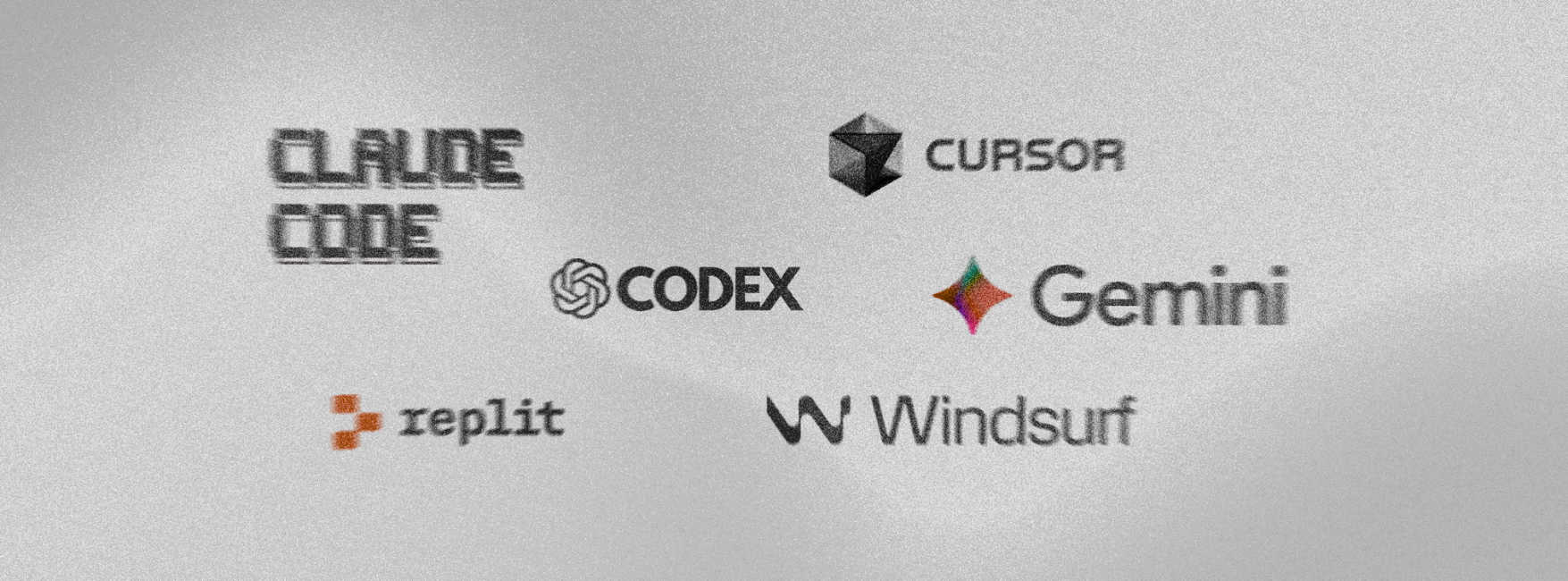When starting a business, probably the last thing you want to think about is that your business is going to fail. You're enthusiastic, full of energy, and optimistic about the future of your brand. And so are all new business owners. However, sadly, most brands do fail. According to the US Bureau of Labor Statistics, only 50.2% of small businesses that were started in March 2012, made it to March of 2017. One reason why businesses often fail is that they don't build their brands right. So, the question is what do business people know about - how to build a brand?
Business owners often have an unrealistic picture of how a brand should look like. They think a brand consists only of the logo and the visual aspects of the brand identity. However, this is barely half of the story. A good visual firstly requires a good back story, that will result in good PR, clever marketing tactics, user-oriented website, and company culture. Together, they all form the brand.
Obviously, the answer on - how to build a brand that stands out, is a lot of work. And, it's not easy at all. Your target customers get millions of marketing messages every day and they need to decide which ones they're going to trust.
So, how do successful brands do it? What is it that makes them stand out? Here are some pieces of the puzzle "how to build a brand"?:
1. Tell a story
One thing that all people love is a good story. Create a good, detailed story around your product and use it in your communication with customers. This way, they will have something to identify with.
Dollar Shave Club is one bold and classic example of storytelling. The founder simply tells the brand story in front of the camera without censure. It's that simple. The video went viral because they took a boring thing and made an interesting story around it. They used unique humor, showed their company culture, and targeted people with a particular lifestyle that might identify with this story.
Warby Parker also created a video. Telling the story of how their glasses are made, the company emphasizes its valuable employees who create unique products. All the parts of the production process and all the product features they result in are put in a simple video. This is an example of how you can do amazing things just by being simple and minimalistic.
2. Make it personalized
Personalization has been one of the most present trends in marketing in the past few years. And, it seems like it's here to stay. Starbucks has been putting people's names on its coffee since forever, and they keep "Instagramming" it. That should be a sign big enough.
Spotify creates an experience that is personalized for each app user. The top Swedish music platform creates personalized playlists based on the preferences of each user, making them come back over and over again. In 2018, the app generated reports on its users' music preferences and habits during the whole year, also creating their Top Songs 2018 playlists. At the end of the year, Spotify sent this report to each user, suggesting them new songs similar to their taste.
Nike is one of the companies that use personalization at its finest. The sportswear giant allows users to go on their webshop and create their own sneakers they will later get directly at their doorsteps.
3. Build a healthy company culture
What looks good on the outside can't be accomplished if things are rotten on the inside. Meaning, if you want to have good products, they must be made by happy employees. All good companies put people first.
What does it mean to have a healthy company culture? A relaxed working atmosphere, remote work possibilities, flexible working hours, employees who aren't constantly under pressure, chill company gatherings, and tolerance for private situations that might get in the way of work. Happy employees = happy customers.
4. Have a personality
In order to get people to identify with your brand, you need to be sincere in your communication. Every response to customer questions or requests must be customized. People will easily notice if you keep writing generic answers to everyone who asks you something on social media. Instead, they need to see your brand has a soul.
Always be polite when communicating and work on creating strong relationships with customers. When you're answering the most common business question - "how to build a brand", first, you must think of your business as a person.
5. Show attitude
Having a company means ready to take risks. This means you should try different things before you find what your customers really want. If you have a specific target group in mind, finding out what they stand for can be a huge step to get them to like your brand.
Gender pay gap, workaholism, any kind of discrimination, or issues that are relevant for the particular industry, are only some of the topics you could show attitude about. This will, of course, distance people who think the opposite of your brand. However, people who share the same opinion will become strong advocates of your brand. Brands with attitudes are not just any brands - they are brands people are loyal to.
6. Include customers in the process
One great way to win users' trust is to simply bring them on board when creating or modifying a product. Co-creation is a model that puts the brand and customers together with the goal to create a product that will be the perfect fit for the needs of the customers.
Using this model can get you much closer to the market and its requirements while reducing your costs for adding features that will turn out to be unnecessary. In the end, you'll get user-centric products that solve a real problem for your target market.
Being close to your customers is essential. According to a Nielsen report, 59% of buyers prefer purchasing new products from brands they already know about. Big brands have already found their way, so, as a small business, you'll have to find a "back door" to your customer's hearts.
It's important to highlight that none of these techniques should be the only way you'll be building your way to the market. They should all be pieces of the big puzzle called strategy. You won't find the right path at once. Experimenting and testing will get you there eventually.







.svg)